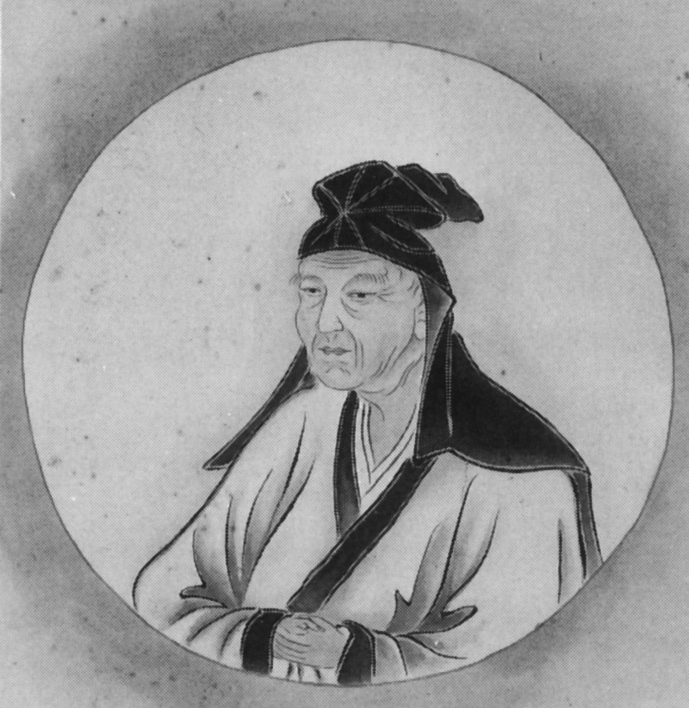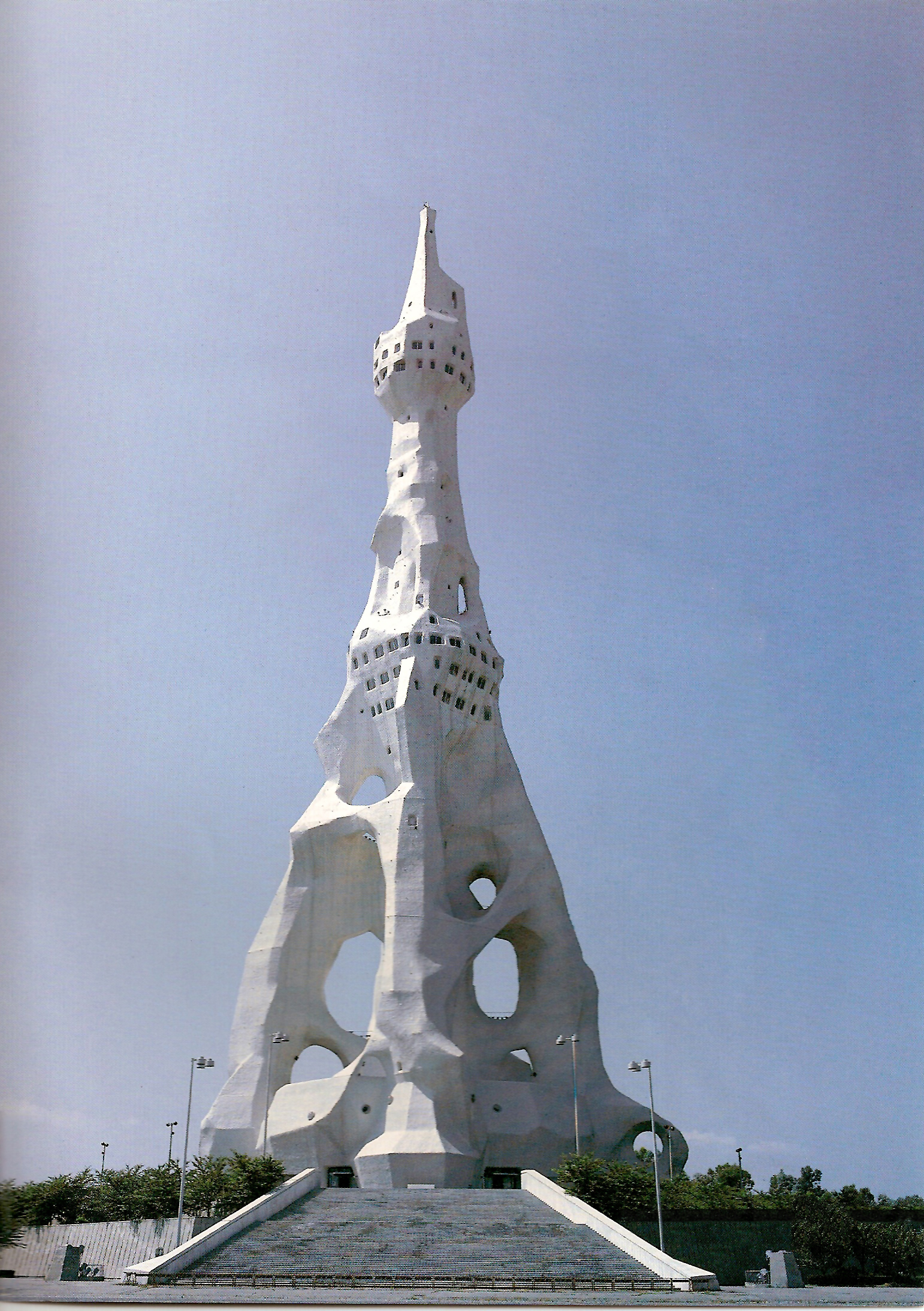|
Shintō Taiseikyō
is one of the thirteen Shinto sects. It was founded by Hirayama Seisai (1815–1890) and is considered a form of Confucian Shinto. History Hirayama Seisai was involved in diplomatic negotiations as a senior vassal of the Shogunate at the end of the Edo period. At the beginning of the Meiji Restoration, he turned to Shinto. He became a Shinto teacher in 1872, and rallied for independence as a Shinto Sect in 1879, which was gained in 1882.井上順孝『教派神道の形成』(弘文堂 1991年) 朝日日本歴史人物事典(朝日新聞出版) During his tenure as president, Mitake-kyo also gained independence. After World War II, it became independent from the Sect Shinto federation alongside Tenrikyo.Inori and Tsudoi: A History of the 100th Anniversary of the Formation of the Shinto Federation of Churches, 1996, pp. 10-12. Still, in 1995, the president attended a Sect Shinto Sect Shinto () refers to several independent organized Shinto groups that were exclud ... [...More Info...] [...Related Items...] OR: [Wikipedia] [Google] [Baidu] |
Sect Shinto
Sect Shinto () refers to several independent organized Shinto groups that were excluded by law in 1882 from government-run State Shinto. These independent groups may have more developed belief systems than mainstream Shrine Shinto which focuses more on rituals. Starting in the late Edo period, Sect Shinto became established in the Meiji era, after the Meiji Restoration. One denomination (Jingu-kyo, affiliated with the Ise Jingu Shrine) left during the war, and the final group (before the war) consisted of 13 denominations, which were once also referred to as the 13 Shinto schools. In a broad sense, it includes "Oomoto" which newly joined the "Sect Shinto Federation" after the war. (After the war, "Oomoto" newly joined the "Sect Shinto Federation," while "Tenrikyo" and " Shinto Taiseikyo" left, so that the number of denominations belonging to the "Sect Shinto Federation" is currently 12.) In contrast, to shrine Shinto, which is an aggregation of various shrines and customary be ... [...More Info...] [...Related Items...] OR: [Wikipedia] [Google] [Baidu] |
Hirayama Seisai
Hirayama Seisai (1815–1890) was a Japanese samurai and Shinto priest during the late Edo period and early Meiji era. He was born in Mitsu, Fukushima, and at the age of 20, traveled to Edo (now Tokyo) to study Chinese literature, Japanese literature, and other subjects. In 1850, he became the adopted son of a government official and inherited his position. During the late Edo period, he served as a close advisor to the Tokugawa shogunate as a senior vassal. After the Meiji Restoration, he briefly retired from public life, but later became a Shinto priest and held various positions at shrines in Tokyo and Miyagi. In 1872, he founded the Shinto Taisei sect and served as its first head, he rallied for independence as a Shinto Sect , the folk religion of Japan, developed a diversity of schools and sects, outbranching from the original Ko-Shintō (ancient Shintō) since Buddhism was introduced into Japan in the sixth century. Early period schools and groups The main Shinto ... in ... [...More Info...] [...Related Items...] OR: [Wikipedia] [Google] [Baidu] |
Confucian Shinto
Confucian Shinto, also known as ''Juka Shintō'' (儒家神道) in Japanese, is a syncretic religious tradition that combines elements of Confucianism and Shinto. It originated in Japan during the Edo period (1603-1868), and is sometimes referred to as " Neo-Confucian Shinto" Modern organizations include Shinto Taiseikyo, Shinto Shusei, and Tsuchimikado Shinto. Suika Shinto was a major school of Confucian Shinto. History The roots of Confucian Shinto can be traced back to the 17th century, when Japanese scholars began to study Chinese Confucian texts and integrate Confucian ideas into their understanding of Shinto. The most notable of these scholars was Yamazaki Ansai (1618-1682), who developed a synthesis of Confucianism and Shinto that emphasized the importance of ethical behavior and filial piety. Ansai's teachings were further developed by his disciple, Kaibara Ekken (1630-1714), who wrote a number of influential works on Confucian Shinto, including the "Greater Learni ... [...More Info...] [...Related Items...] OR: [Wikipedia] [Google] [Baidu] |
Tokugawa Shogunate
The Tokugawa shogunate (, Japanese 徳川幕府 ''Tokugawa bakufu''), also known as the , was the military government of Japan during the Edo period from 1603 to 1868. Nussbaum, Louis-Frédéric. (2005)"''Tokugawa-jidai''"in ''Japan Encyclopedia'', p. 978.Nussbaum"''Edo-jidai''"at p. 167. The Tokugawa shogunate was established by Tokugawa Ieyasu after victory at the Battle of Sekigahara, ending the civil wars of the Sengoku period following the collapse of the Ashikaga shogunate. Ieyasu became the ''shōgun,'' and the Tokugawa clan governed Japan from Edo Castle in the eastern city of Edo (Tokyo) along with the ''daimyō'' lords of the ''samurai'' class.Nussbaum"Tokugawa"at p. 976. The Tokugawa shogunate organized Japanese society under the strict Tokugawa class system and banned most foreigners under the isolationist policies of ''Sakoku'' to promote political stability. The Tokugawa shoguns governed Japan in a feudal system, with each ''daimyō'' administering a ''han'' (f ... [...More Info...] [...Related Items...] OR: [Wikipedia] [Google] [Baidu] |
Edo Period
The or is the period between 1603 and 1867 in the history of Japan, when Japan was under the rule of the Tokugawa shogunate and the country's 300 regional '' daimyo''. Emerging from the chaos of the Sengoku period, the Edo period was characterized by economic growth, strict social order, isolationist foreign policies, a stable population, perpetual peace, and popular enjoyment of arts and culture. The period derives its name from Edo (now Tokyo), where on March 24, 1603, the shogunate was officially established by Tokugawa Ieyasu. The period came to an end with the Meiji Restoration and the Boshin War, which restored imperial rule to Japan. Consolidation of the shogunate The Edo period or Tokugawa period is the period between 1603 and 1867 in the history of Japan, when Japan was under the rule of the Tokugawa shogunate and the country's regional '' daimyo''. A revolution took place from the time of the Kamakura shogunate, which existed with the Tennō's court, to the Tok ... [...More Info...] [...Related Items...] OR: [Wikipedia] [Google] [Baidu] |
Meiji Restoration
The , referred to at the time as the , and also known as the Meiji Renovation, Revolution, Regeneration, Reform, or Renewal, was a political event that restored practical imperial rule to Japan in 1868 under Emperor Meiji. Although there were ruling emperors before the Meiji Restoration, the events restored practical abilities and consolidated the political system under the Emperor of Japan. The goals of the restored government were expressed by the new emperor in the Charter Oath. The Restoration led to enormous changes in Japan's political and social structure and spanned both the late Edo period (often called the Bakumatsu) and the beginning of the Meiji era, during which time Japan rapidly Industrialisation, industrialized and adopted Western culture, Western ideas and production methods. Foreign influence The Japanese knew they were behind the Western powers when US Commodore (United States), Commodore Matthew C. Perry came to Japan in 1853 in Black Ships, large warshi ... [...More Info...] [...Related Items...] OR: [Wikipedia] [Google] [Baidu] |
World War II
World War II or the Second World War, often abbreviated as WWII or WW2, was a world war that lasted from 1939 to 1945. It involved the vast majority of the world's countries—including all of the great powers—forming two opposing military alliances: the Allies and the Axis powers. World War II was a total war that directly involved more than 100 million personnel from more than 30 countries. The major participants in the war threw their entire economic, industrial, and scientific capabilities behind the war effort, blurring the distinction between civilian and military resources. Aircraft played a major role in the conflict, enabling the strategic bombing of population centres and deploying the only two nuclear weapons ever used in war. World War II was by far the deadliest conflict in human history; it resulted in 70 to 85 million fatalities, mostly among civilians. Tens of millions died due to genocides (including the Holocaust), starvation, ma ... [...More Info...] [...Related Items...] OR: [Wikipedia] [Google] [Baidu] |
Tenrikyo
is a Japanese new religion which is neither strictly monotheistic nor pantheistic, originating from the teachings of a 19th-century woman named Nakayama Miki, known to her followers as "Oyasama". Followers of Tenrikyo believe that God of Origin, God in Truth, known by several names including "Tsukihi," "Tenri-Ō-no-Mikoto" and "Oyagamisama (God the Parent)" revealed divine intent through Miki Nakayama as the Shrine of God and to a lesser extent the roles of the Honseki Izo Iburi and other leaders. Tenrikyo's worldly aim is to teach and promote the Joyous Life, which is cultivated through acts of charity and mindfulness called . The primary operations of Tenrikyo today are located at Tenrikyo Church Headquarters (Tenri, Nara, Japan), which supports 16,833 locally managed churches in Japan,Japanese Ministry of Education. ''Shuukyou Nenkan, Heisei 14-nen'' (宗教年鑑平成14年). 2002. the construction and maintenance of the and various community-focused organisations. It has ... [...More Info...] [...Related Items...] OR: [Wikipedia] [Google] [Baidu] |
Shinto New Religious Movements
Shinto () is a religion from Japan. Classified as an East Asian religion by scholars of religion, its practitioners often regard it as Japan's indigenous religion and as a nature religion. Scholars sometimes call its practitioners ''Shintoists'', although adherents rarely use that term themselves. There is no central authority in control of Shinto, with much diversity of belief and practice evident among practitioners. A polytheistic and animistic religion, Shinto revolves around supernatural entities called the . The are believed to inhabit all things, including forces of nature and prominent landscape locations. The are worshiped at household shrines, family shrines, and ''jinja'' public shrines. The latter are staffed by priests, known as , who oversee offerings of food and drink to the specific enshrined at that location. This is done to cultivate harmony between humans and and to solicit the latter's blessing. Other common rituals include the dances, rites of pass ... [...More Info...] [...Related Items...] OR: [Wikipedia] [Google] [Baidu] |
Religious Organizations Based In Japan
Religion is usually defined as a social-cultural system of designated behaviors and practices, morals, beliefs, worldviews, texts, sanctified places, prophecies, ethics, or organizations, that generally relates humanity to supernatural, transcendental, and spiritual elements; however, there is no scholarly consensus over what precisely constitutes a religion. Different religions may or may not contain various elements ranging from the divine, sacred things, faith,Tillich, P. (1957) ''Dynamics of faith''. Harper Perennial; (p. 1). a supernatural being or supernatural beings or "some sort of ultimacy and transcendence that will provide norms and power for the rest of life". Religious practices may include rituals, sermons, commemoration or veneration (of deities or saints), sacrifices, festivals, feasts, trances, initiations, funerary services, matrimonial services, meditation, prayer, music, art, dance, public service, or other aspects of human culture. Religions have sa ... [...More Info...] [...Related Items...] OR: [Wikipedia] [Google] [Baidu] |
Japanese New Religions
Japanese new religions are new religious movements established in Japan. In Japanese, they are called or . Japanese scholars classify all religious organizations founded since the middle of the 19th century as "new religions"; thus, the term refers to a great diversity and number of organizations. Most came into being in the mid-to- late twentieth century and are influenced by much older traditional religions including Buddhism and Shinto. Foreign influences include Christianity, the Bible and the writings of Nostradamus. Before World War II In the 1860s Japan began to experience great social turmoil and rapid modernization. As social conflicts emerged in this last decade of the Edo period, known as the Bakumatsu period, some new religious movements appeared. Among them were Tenrikyo, Kurozumikyo and Oomoto, sometimes called ''Nihon Sandai Shinkōshūkyō'' ("Japan's three large new religions"), which were directly influenced by Shinto (the state religion) and shamanism. The soc ... [...More Info...] [...Related Items...] OR: [Wikipedia] [Google] [Baidu] |







